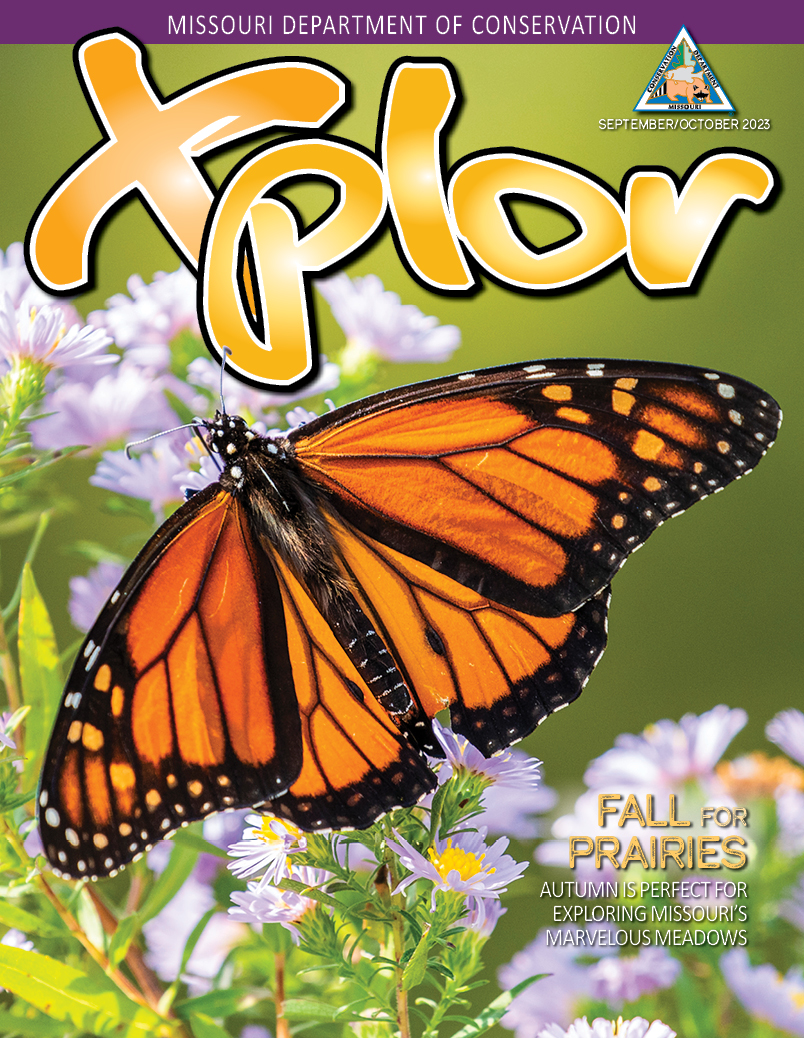
Early fall is the perfect time to visit a prairie. The muggy heat of summer has passed, yet there are still plenty of flowers abloom and critters afoot. Join Xplor for a guided hike through these glorious grasslands.
Where to Go
Prairies once covered most of northern and western Missouri — nearly a third of the state! Today, unplowed prairies are Missouri’s rarest habitat, and less than 1 percent remain. Pockets of prairie can still be found at these locations.
- Tarkio Prairie Conservation Area
- Pawnee Prairie Natural Area
- Dunn Ranch Prairie
- Paint Brush Prairie Conservation Area
- Hi Lonesome Prairie Conservation Area
- Taberville Prairie Conservation Area
- Wah’Kon-Tah Prairie Conservation Area
- Prairie State Park
- Niawathe Prairie Conservation Area
- Diamond Grove Prairie Conservation Area
Putting the “Tall” in “Tallgrass”
The moment you step into one of Missouri’s native grasslands, you’ll understand why they’re called “tallgrass” prairies. Some of the grasses reach over 8 feet tall! More than a dozen different kinds grow on our prairies, but four are most common. Can you find these “big four” on your visit?
- Big bluestem
- Little bluestem
- Indian grass
- Switchgrass
Before You Go…
Shade is in short supply on a prairie. Protect yourself from sunburn by wearing a wide-brimmed hat and slathering on sunscreen.
Insect repellent and long pants will help keep bitey bugs and ticks at bay.
Exploring can make you thirsty, so pack plenty of water. Bring a pair of binoculars, an insect net, and a magnifying glass if you have them.
To-Tail-y Fascinating
Can you guess why this bird is called a scissor-tailed flycatcher? These grassland-loving birds use their long, forked tails to help them twist and turn in the air as they chase insects to eat.
Furry Excavators
Armed with strong legs, wide paws, and long claws, badgers are the fastest diggers on the prairie. They have to be to catch burrowing mammals like gophers and ground squirrels. Although you’re more likely to see a badger’s burrow than the animal itself, your chances of spotting one above-ground increase in September when they search for mates.
Packed with Plants
Over 800 kinds of grasses, wildflowers, and other plants grow on Missouri’s prairies. In some places, more than two-dozen kinds can be found in a space the size of a Hula-Hoop! Turn in a circle. How many different kinds can you spot?
Now You See Me, Now You Don’t
An eastern meadowlark’s speckled brown back makes it nearly invisible as it stalks along the ground looking for bugs. But when it perches on a fence post or tall clump of grass, its sunshine-yellow chest and black bib give it away.
Regal but Rare
Regal fritillaries are one of Missouri’s most endangered (and most beautiful) butterflies. Your best chance to spot one is on a prairie. Look for females sipping nectar from flowers or crawling along low-growing vegetation to lay eggs.
Shower of Flowers
Exploring a prairie is like walking through a rainbow. In the fall, a prairie’s palette is packed with yellows and purples. How many of these wildflowers can you spot?
- A compass plant’s lower leaves grow with their edges pointing north and south. This way, less of the leaf is facing the hot, moisture-stealing sun.
- Downy gentian is a late bloomer. It often waits until October to open its regal purple petals, and it can even survive hard frosts.
- Prairie dock is one of the tallest plants on the prairie. Its yellow flowers can tower 10 feet above the ground.
- Rough blazing star looks a bit like a purple cattail. Bees, butterflies, and even hummingbirds sip sweet nectar from its pink flowers.
- Many kinds of blue and purple asters bloom on prairies in the fall. New England aster is one of the most common and also one of the tallest, reaching 6 feet in height.
- Contrary to popular belief, goldenrod doesn’t cause seasonal allergies. Its pollen (the “dust” that makes you sneeze) is too heavy to be carried by the wind.
- Birds and other little critters visit cup plants to sneak a sip of water captured in the plant’s clasping leaves.
What’s All the Buzz About?
With all those flowers, it’s no wonder prairies are abuzz with insects. Nearly 3,000 kinds of butterflies, bumblebees, beetles, and other bugs buzz about in Missouri’s high-quality grasslands. Swish an insect net through the flowers to see how many kinds you can catch.
Face Funnel
If you see a hawk swooping low over the grass, look closely at its rump. Though males are gray and females are brown, all northern harriers have a snow-white caboose. A harrier’s saucer-shaped face is lined with stiff feathers that funnel sounds to its ears, which helps the hawk find squeaking mice hiding in the grass.
Migrating Monarchs
In September, monarch butterflies migrate all the way to Mexico to escape winter weather. You’ll probably see at least a few sipping nectar on asters and goldenrods. The plucky orange butterflies need all the energy they can suck down if they hope to complete their 1,500-mile flight.
Hitchhikers and Fliers
As you walk through a prairie, your pants may become covered with sticky seeds. These are baby tick trefoil plants. To move away from mom, the seeds stick to animals (including people) and fall off to grow in a new location. Other plants, like milkweed, have light, fluffy seeds that are blown to new homes by the wind.
Goodness Sakes, That’s No Snake!
Keep your eyes peeled for one of Missouri’s most interesting reptiles. Glass lizards lack legs and look like snakes. But they have eyelids and ear holes, which snakes don’t have. When attacked, a glass lizard can shed its tail. The tail flops and squirms, which distracts a predator and gives the lizard time to wiggle away.
Sneaky Snake
If you’re lucky, you might come across a prairie ring-necked snake. When scared, this shy, secretive serpent curls its tail into a corkscrew and flashes its reddish-orange underside. The bright tail acts as a decoy, luring a predator’s sharp teeth away from the snake’s delicate head.
That’s Bulloney!
When threatened, a bullsnake makes a loud, rattling hiss. The sound mimics a rattlesnake’s tail, which scares predators away from the large but harmless snake.
It’s a Yucky Job …
A rainbow scarab has a yucky — but important — job. When it finds a pile of poop, it rolls some of it into a ball, pushes it away, and lays eggs inside. When the eggs hatch, the baby beetles eat the poop. Although it seems gross, these beautiful beetles keep wastes from piling up and help spread nutrients that nourish plants.
Castles of Mud
This is the entrance to a crayfish’s house. Grassland crayfish tunnel — up to 15 feet deep — into soggy ground to stay cool and wet. As they dig, they carry blobs of mud to the surface and stack them to form tiny chimneys.
Checking All the Boxes
An ornate box turtle’s lower shell has a hinge that lets the shell swing tightly closed. This keeps the turtle’s head and legs safe from predators. But the shell offers little protection from cold weather. In mid-October, box turtles burrow a foot or farther into the deep prairie soil and spend winter underground.
Say My Name, Say My Name
A dickcissel’s funny-sounding name mimics its buzzy call: dick-dick-sis-see-see. Before migrating south for winter, these colorful seed-eaters form large flocks that may contain thousands of birds.
Missouri’s Most Multi-Hued Habitat
Prairies change colors with the seasons. In winter, they are mostly grayish-tan. Spring brings new green growth. By summer, riots of wildflowers burst into bloom, turning the hills into a living rainbow. And in the fall, grasses fade to a rich reddish-brown while purple, yellow, and white flowers offer a last pop of color.
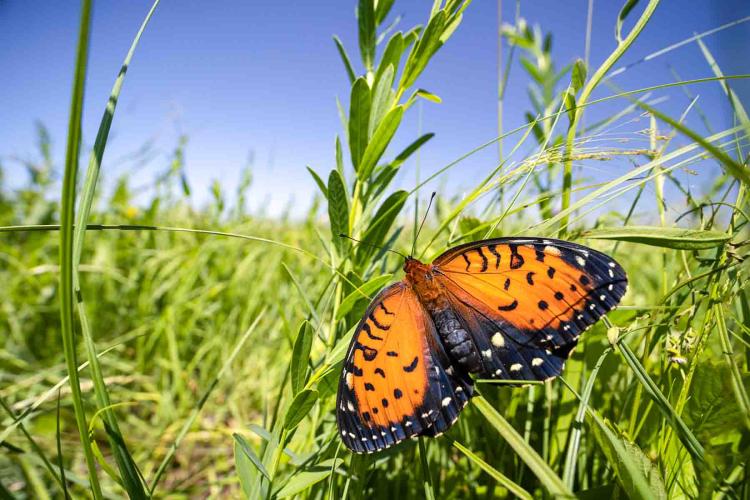
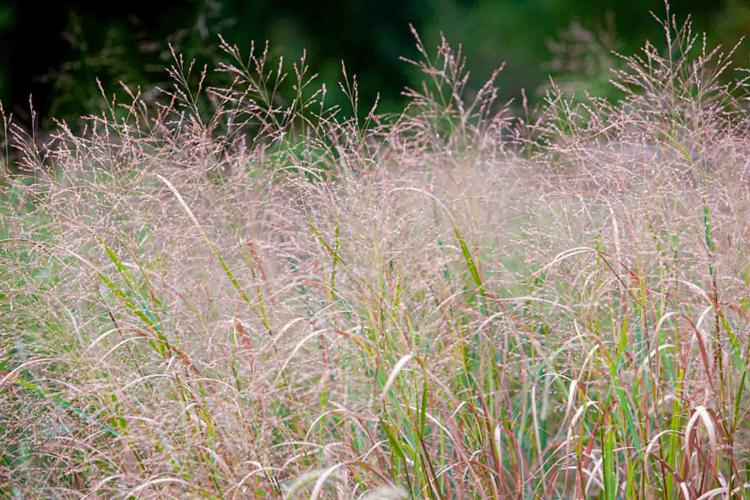
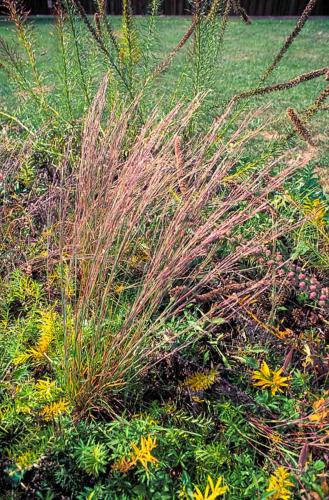
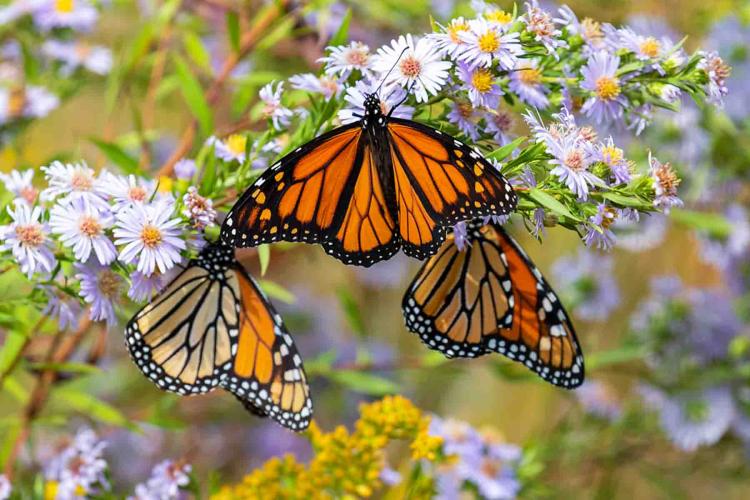
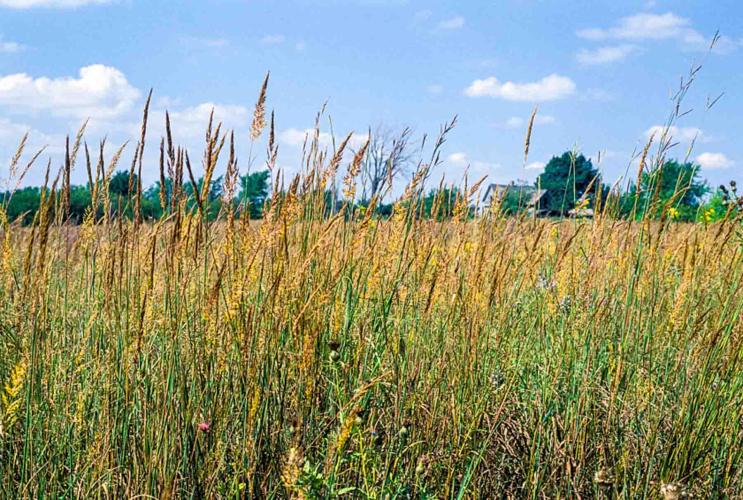
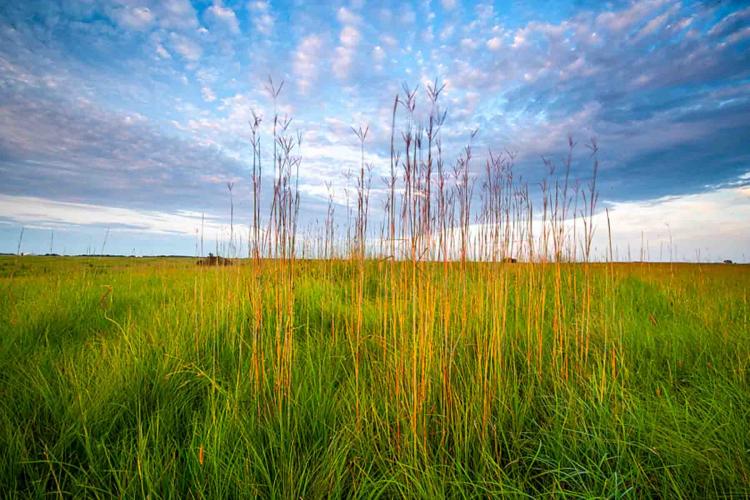
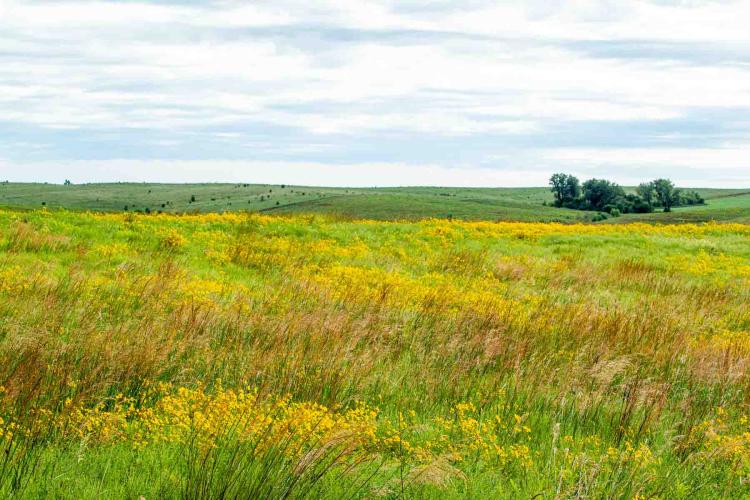
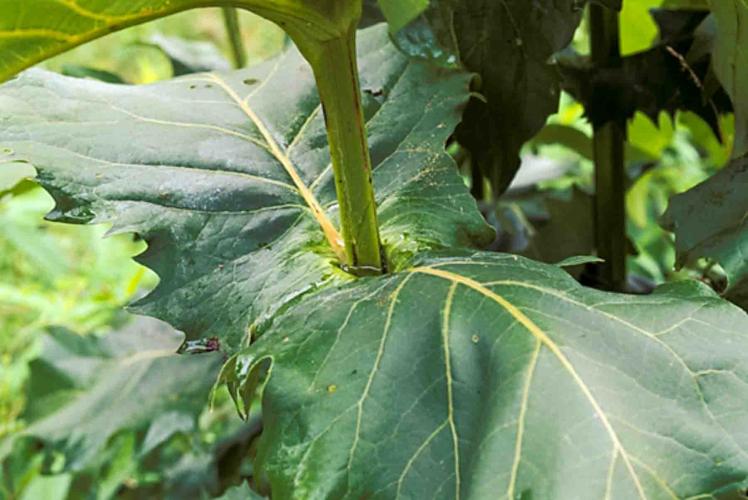
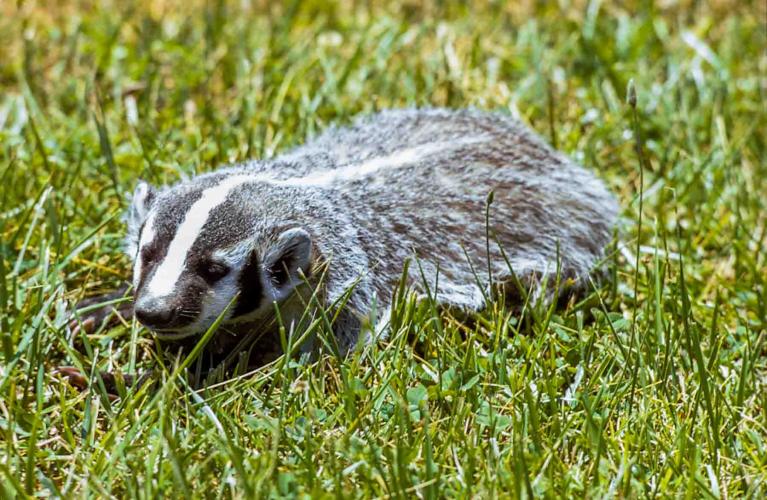
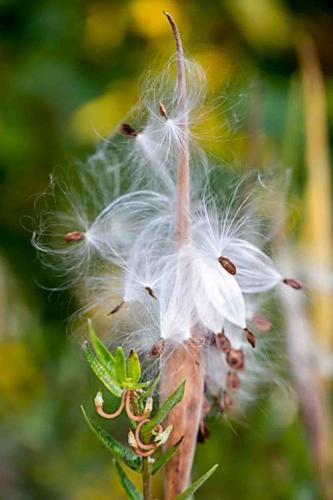
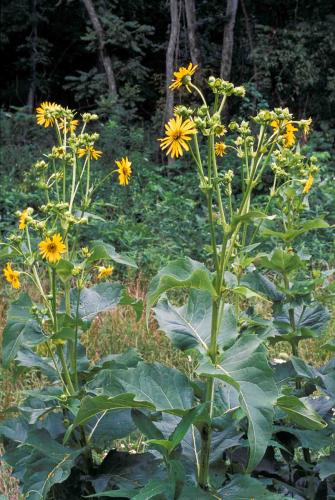
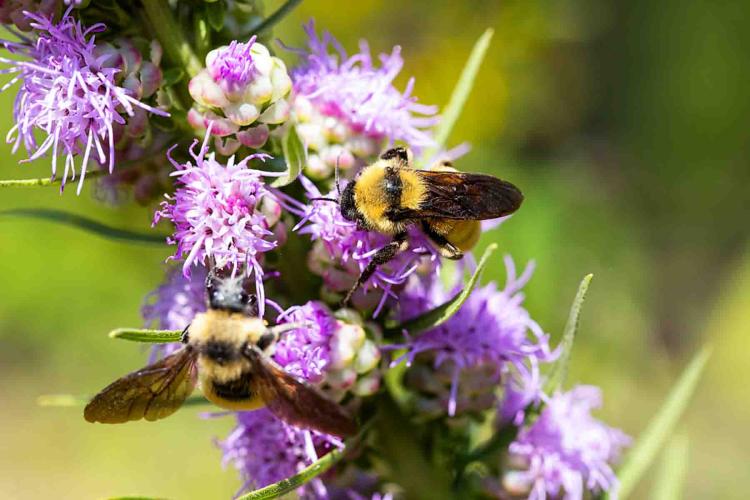
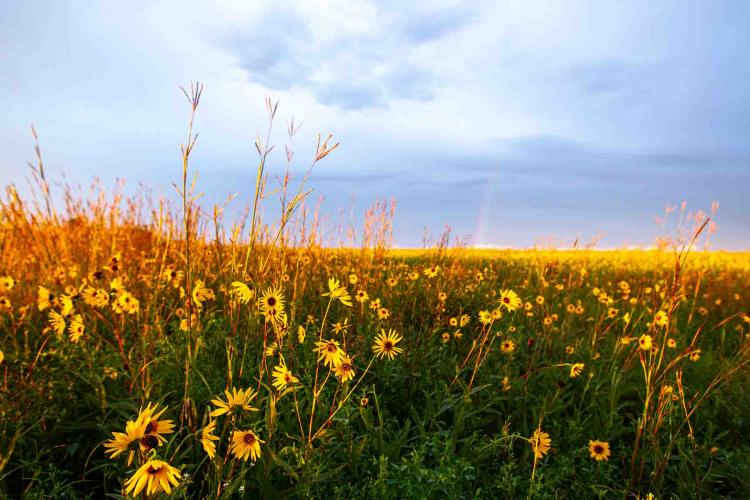
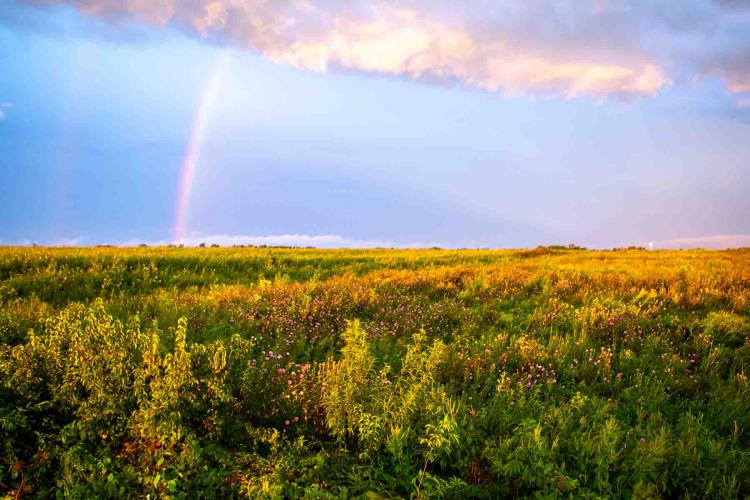

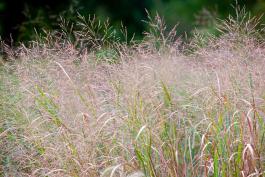

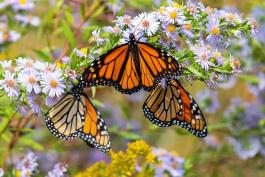

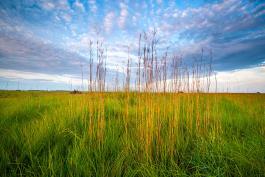


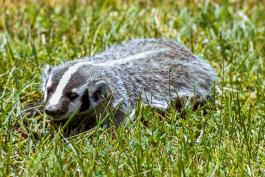
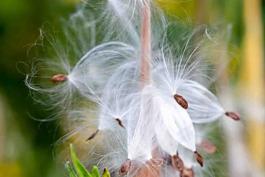
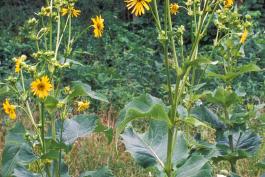
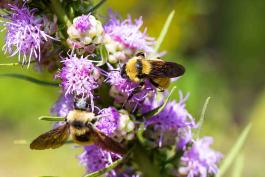
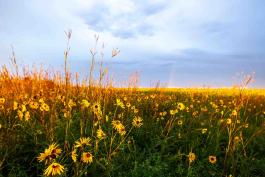

Also In This Issue
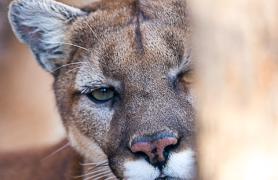
Creep closer for a sneak peek at Missouri’s most mysterious visitor.
And More...
This Issue's Staff
Photographer – David Stonner
Designer – Marci Porter
Designer – Les Fortenberry
Art Director – Cliff White
Editor – Matt Seek
Magazine Manager – Stephanie Thurber






















